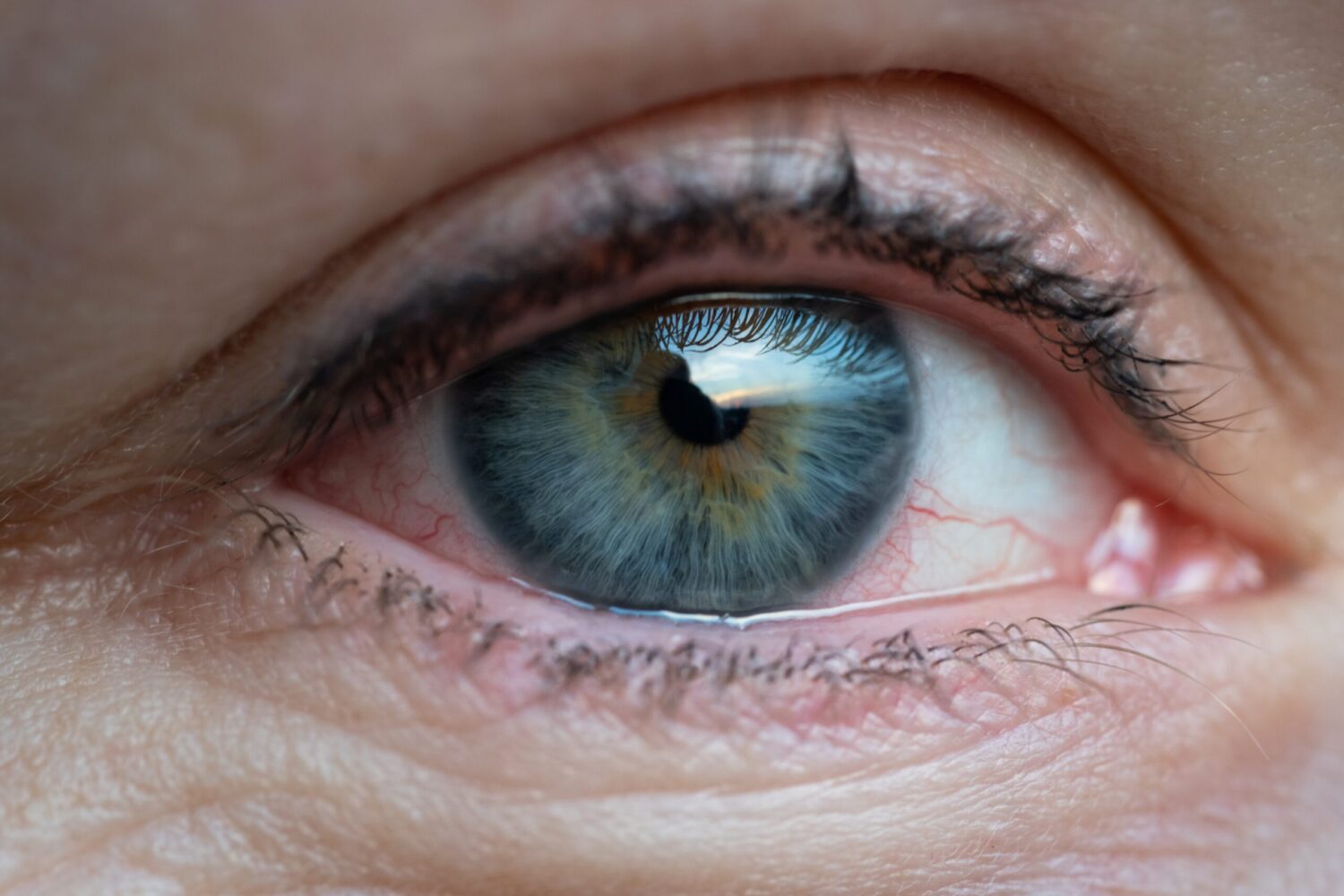Significant progress has been made in recent years regarding research on dry eye syndrome and keratitis. Several studies and scientific publications have gathered important updates on the diagnosis and treatment of these conditions
DRY EYE DISEASE
Dry eye disease (DED) today affects a growing number of patients for many reasons: the general ageing of the population, the daily use of contact lenses that may irritate the ocular surface and constant exposure to electronic screens.
Electronic screens can reprogram our brain by altering blinking dynamics, thus not only causing DED but also Meibomian gland dysfunction (MGD) and, in the worst cases, keratitis.
The rise in DED incidence has also meant greater attention from the scientific community in studying these conditions and a consequent increase in possible treatments.
A NEW PREVENTIVE PARADIGM
In regard to keratitis prevention and treatment, Dr. Sandra Lora Cremens MD, a member of the American College of Surgeons, has recently introduced a new preventive paradigm at the Women in Ophthalmology Summer Symposium.
For patients who are exposed more than 4 hours a day to screens, the proposed treatment, in addition to annual Meibography, classic eyelid hygiene, and reduced use of electronic devices, recommends the use of preservative-free artificial tears at the first sign of dry eye and steroid-based eye-drops.
This new paradigm for the prevention of keratitis focuses on rescuing and restoring the functional aspects of ocular cells and structures, particularly through a specific treatment of Meibomian glands, consisting of warm compresses, massages, intense pulsed light therapy, and gland probing.
Additionally, injections of platelet-rich plasma and stem cell adipose tissue-derived stromal vascular fraction in the trigeminal nerve ganglion areahave proven successful in treating both lacrimal glands and goblet cells.
Therapeutic treatments must be associated with changes in a patient’s lifestyle, especially in children.
Dr Cremens recommends that children avoid long exposure to screens (less than 4 hours a day).
INCREASED TREATMENT OPTIONS
Over the past 20 years the focus of physicians has shifted from simply treating the problem to an in-depth study of its causes.
Apart from Perfluorohexyloctane, an ophthalmic solution that prevents tears from evaporating, which is particularly effective in patients with a MGD, Dr. David Wirta and Dr. George N. Magrath suggest also using nasal sprays containing varenicline – which is a partial nicotinic receptor agonist that stimulates the secretory nerves, causing increased activity of the lacrimal gland – and Cyclosporine ophthalmic solution.
Alongside traditional treatments other options also feature, such as pulsed light therapy (Lumenis), thermal pulsation systems (LipiFlow), systems applying compression and heat (iLux) and localised thermal treatments (TearCare System).
There are also a number of topical formulations, which are currently being investigated in phase 3 clinical trials, including BRM421, which sparks tissue regeneration and corneal repair, reduces inflammation, and improves tear quality; Reproxalap, which reduces inflammation; SI-614, which stabilizes the tear film and promotes corneal wound healing; Tivanisiran which controls pain and inflammation; and Visomitin, which contrasts inflammation, corneal damage, and tear deficiency.
TRANSCUTANEOUS RADIOFREQUENCY
In addition to the aforementioned treatments, a recent study by Dr. Sean Paul provides further perspectives. Dr. Paul and colleagues investigated the role of Meibomian gland expression, combined with transcutaneous radiofrequency, as an effective therapy for DED treatment.
Thirty-two patients received the treatment and results were assessed at 1, 3 and 6 months, based on five parameters: a self-evaluation questionnaire for eye dryness (SPEED), ocular surface disease index (OSDI), tear breakup time (TBUT), corneal fluorescence score (CFS), and meibomian gland score (MGS).
All 32 patients showed significant improvement in each of the five parameters.
DIAGNOSTIC ADVANCES
The advances in the treatment of dry-eye related disorders were made possible thanks to contemporary advances in diagnostics.
Other tools have emerged alongside the classic Schirmer test, including the InflammaDry test, which detects the presence of MMP-9 (an enzyme that is associated with inflammation) and is particularly helpful in identifying patients who may benefit from anti-inflammatory therapy; the ATD TearScan 300 test,
which measures lactoferrin and IgE levels in tears, and the TearLab test, which measures the osmolarity of the tear film and is also useful to monitor therapeutic effectiveness.
CONCLUSIONS
Beside the results that have been achieved so far and the benefits that patients are currently experiencing and will be experiencing in the future, much remains to be understood about eye dryness, including the influence of environmental factors and daily habits.
Sources:


